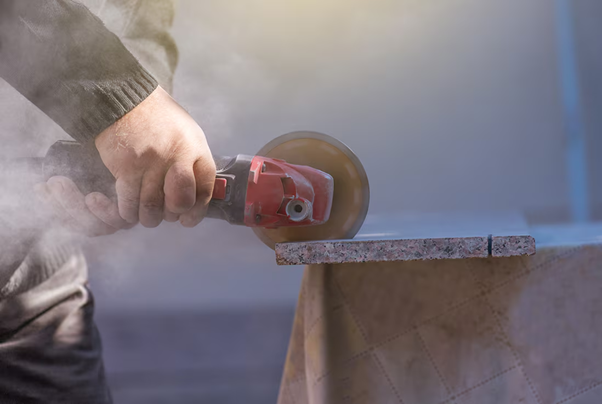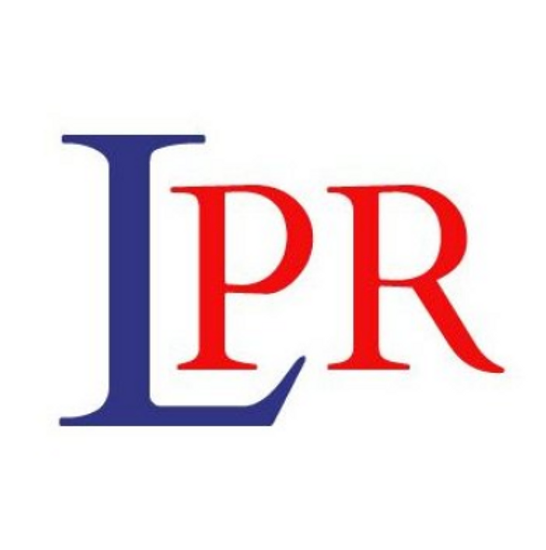This article was originally published on TheInsurer.
Steve Bellingham, head of claims strategy at Pro Global, on the risk of rising silicosis compensation claims…

With growing media coverage warning of a potential epidemic, increased enforcement by the Health and Safety Executive (HSE) and heightened activity from claimant lawyers seeking cases, how significant is the risk of rising silicosis compensation claims for UK insurers?
Silicosis is an incurable occupational lung disease caused by inhaling respirable crystalline silica dust, commonly found in materials such as stone, sands, clays and engineered stone.
There are three forms of silicosis: chronic, accelerated and acute, all of which can progress even after exposure has ceased.
Industries at risk
Employees in industries such as construction, mining, foundries, glass manufacturing and, more recently, stone fabrication are particularly vulnerable. The growing popularity of engineered stone for kitchen and bathroom countertops has introduced additional risks.
Engineered stone, which can contain more than 90 percent crystalline silica, has seen rapid adoption globally. For instance, the US reported a 700 percent increase in imports of engineered stone between 2010 and 2019. The material’s fabrication processes, as cutting and polishing, can release hazardous levels of silica dust if not adequately controlled.
International trends: lessons from the US and Australia
In the US, states such as California have introduced enhanced safety standards for stone fabrication in response to rising silicosis cases, particularly among small businesses with poor health and safety practices.
In Australia, silicosis has long been associated with mining and construction, but recent cases have highlighted risks linked to engineered stone. Once rare, civil compensation claims have re-emerged as diagnoses increase.
Engineered stone, introduced in 1998, became a dominant material for countertops until its ban by the Australian government in June 2024. This surge in popularity led to a proliferation of small, often poorly regulated businesses, creating widespread exposure risks.
The UK landscape
In the UK, silicosis-related claims remain low, with only 35 Industrial Injury Disablement Benefit applications in 2023, up from 30 in 2022 and 25 in 2021.
While modest, this increase could mirror trends observed in other countries where engineered stone usage surged.
Despite these figures, comparisons to asbestos are, for now, alarmist. The widespread and prolonged exposure associated with asbestos, combined with its latency period, created a unique compensation landscape that silicosis has yet to approach.
Prevention and insurer considerations
Unlike asbestos, exposure to silica dust is preventable with effective controls. Measures include dust extraction, wet-cutting techniques and appropriate respiratory protective equipment. The HSE has ramped up its efforts to educate employers, particularly those in stone fabrication and kitchen supply industries, on minimising exposure risks.
For insurers, assessing risks in relevant occupations hinges on identifying high-exposure industries, scrutinising health and safety practices, and monitoring compliance with workplace exposure limits.
Looking ahead
While the evidence suggests that silicosis cases in the UK may rise, particularly with increased clinical awareness and reporting, the scale of the risk remains far from the levels seen with asbestos.
However, heightened vigilance is essential to manage emerging risks and ensure that preventative measures are enforced across the most affected industries.

Meet our expert
Name: Stephen Bellingham
Job title: Head of Claims Strategy
Get in touch
To speak to the Pro Global team please feel free to reach out to us at:

Lysander PR
To contact our PR team directly please use the link below



 View Previous
View Previous 